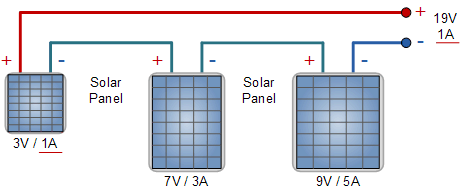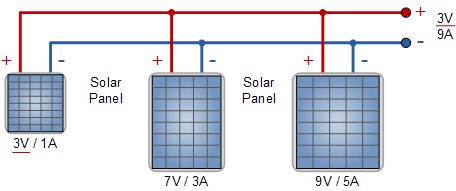JamesHird
New Member
- Joined
- Jan 10, 2022
- Messages
- 40
I picked up my 12x250v solar panels from Santan solar the other day, nice operation they've got down there.
While I was there the lady I was dealing with suggested setting my arrey up in a 3s4p configuration. When I asked why she couldn't give me an answer, just that this is what they would usually do.
I was planning on running 6 panels in 2 parallel strands. Does anyone know which way of doing it is best for me?
I've got the Growatt 48v 5k inverter/charge controller. It's rated to 450VDC. The panels are 37.6V so 225.6V for the 6p2s set up, well within range.
Thanks in advance,
James
While I was there the lady I was dealing with suggested setting my arrey up in a 3s4p configuration. When I asked why she couldn't give me an answer, just that this is what they would usually do.
I was planning on running 6 panels in 2 parallel strands. Does anyone know which way of doing it is best for me?
I've got the Growatt 48v 5k inverter/charge controller. It's rated to 450VDC. The panels are 37.6V so 225.6V for the 6p2s set up, well within range.
Thanks in advance,
James




